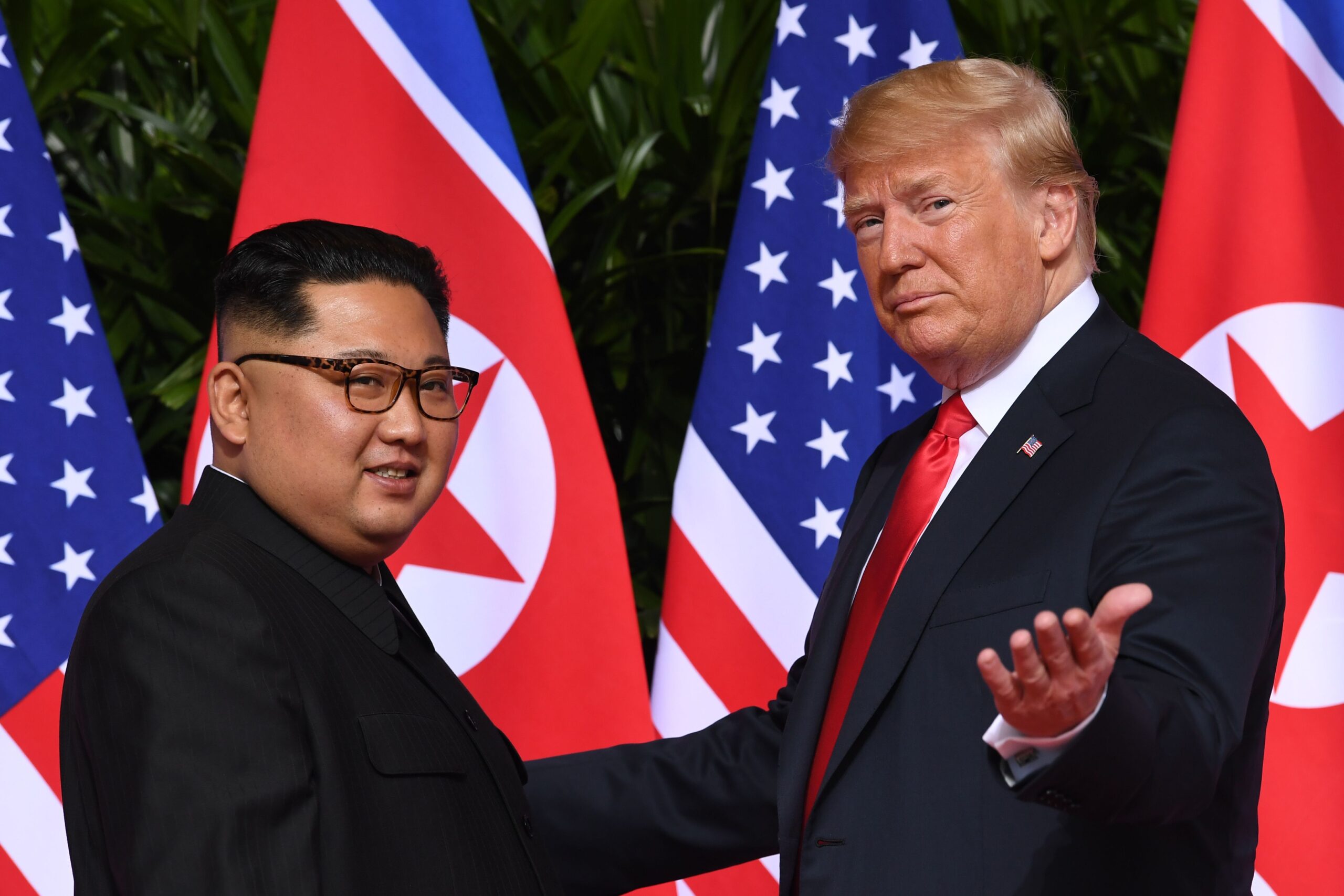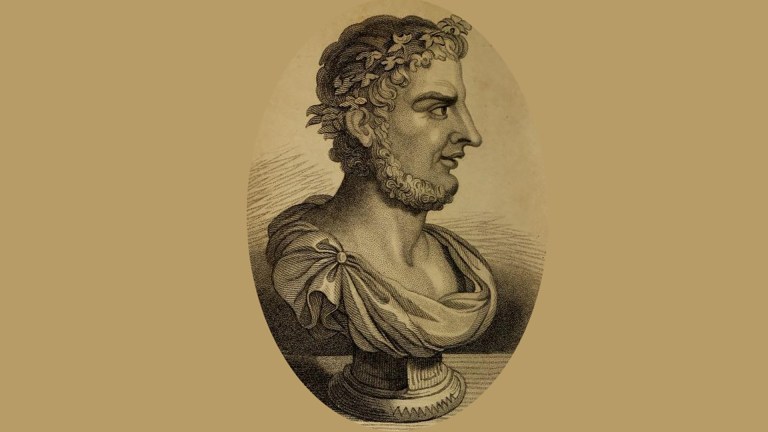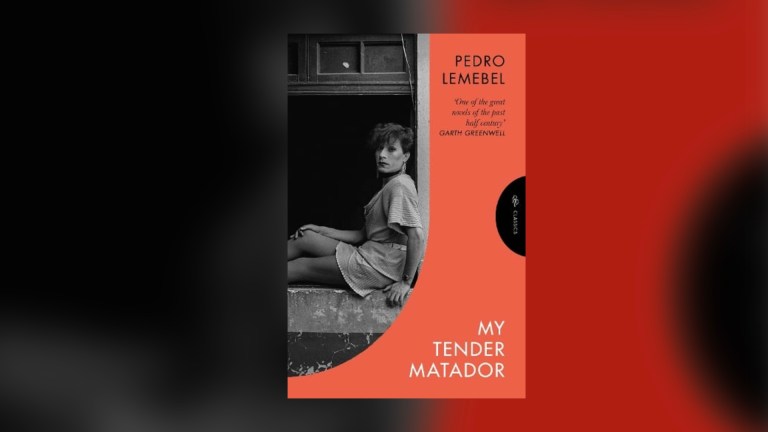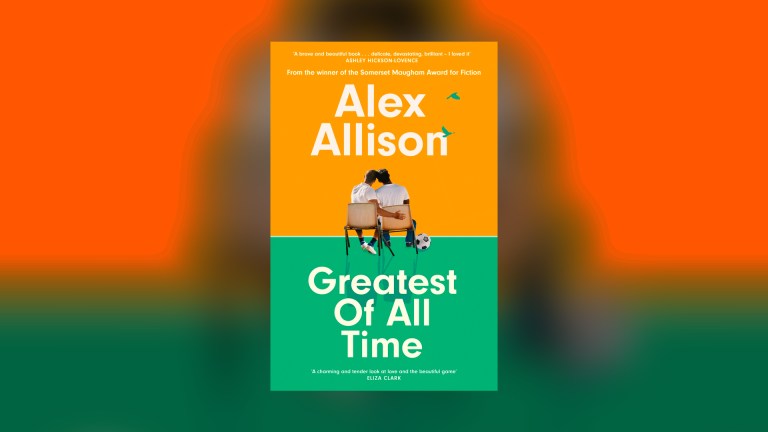I first started the slide into the Korean Peninsula almost 35 years ago when working at Manchester University, when I was lucky enough to be offered a short-term research fellowship in Japan. I was, at the time, a Labour councillor in Tameside and at Tokyo University I soon became friends with a group of hard-core politicos including an American who was married to a South Korean in exile.
At the time North and South were mirror-image dictatorships of one another, with Pyongyang’s Kim Il Sung on the left facing off against Seoul’s Chun Doo-hwan on the right. The South’s charismatic opposition leader in exile in the US, Kim Dae-jung, (whom the South had earlier kidnapped and attempted to murder in Tokyo), was returning home despite a death sentence on his head. My American friend was part of a group trying to ensure the death sentence was lifted (it was) and Kim didn’t subsequently suffer some ‘fatal accident’. As an unknown quantity to the South Korean secret service I was asked if I’d visit him in Seoul in an attempt to make clear to Seoul’s dictator that there was continuednglobal interest in Kim’s wellbeing.
I travelled with trepidation and eventually ended my way through coils of riot-police surrounding the building where Kim was being held under house-arrest. After that Kim and I kept in touch until his death in 2009. In the interim Kim was freed, elected first to the National Assembly, then president, and was awarded the Nobel Peace Prize for initiating the first rapprochement between North and South since the fighting in the civil war ended in 1953.
Buoyed by the furling of the Soviet nuclear umbrella and fearful of dependence on Beijing, Pyongyang made its first steps in developing an independent nuclear deterrent.
It was Kim who urged and helped me to engage with the North. I first went in 1997, three years after the death of the country’s founding leader Kim Il Sung. After the collapse of the Soviet Empire and interchanging periods of floods and drought, the country was in the midst of famine; the consequence of a conjunction of systemic failure, natural disaster and global indifference. The death toll was between 400,000 and 800,000. The world began to notice when food was restored. Buoyed by the furling of the Soviet nuclear umbrella and fearful of dependence on Beijing, Pyongyang made its first steps in developing an independent nuclear deterrent.
They ‘failed’ to put a satellite into orbit in 1998 and to successfully detonate a nuclear weapon in 2006. They were undeterred. In the decade from 2007-17 they moved from disappointment to triumph despite the best efforts of Washington’s cyber warriors. When Kim Jong-un succeeded his father in 2010 things got serious. The new policy became the simultaneous development of the economy – as Kim cut The Plan with the market – and a nuclear deterrent.
Kim saw two existential threats to his regime. First a reprise of Iraq, Libya and Syria as regime-change became the default solution by the West to the threats of ‘rogue states’. The North was one of George Bush’s trio of ‘axis of evil’ countries in 2002 after all. The second concern was the need to keep the people who matter in Pyongyang happy, which meant growing the economy and lifting living standards.










